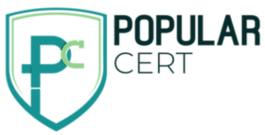ISO 45001 CERTIFICATION IN SEEB
Get ISO 45001 Certified In Seeb – Fast, Affordable & Hassle-Free!
Trusted by 100+ businesses across Muscat.
Get Free Consultation
PopularCert is a trusted ISO 45001 consulting firm in Seeb, committed to helping businesses enhance workplace safety and health standards. ISO 45001 certification in Seeb is essential for organizations seeking to minimize risks, prevent workplace incidents, and ensure employee well-being. By implementing this globally recognized standard, businesses in Seeb can improve operational efficiency, comply with safety regulations, and build a culture of safety. PopularCert’s experienced consultants provide tailored guidance to simplify the certification process and ensure successful implementation.
Why is ISO 45001 important in Seeb?
ISO 45001 is important in Seeb as it provides a framework for businesses to enhance workplace safety and health, ensuring a safe working environment for employees. With the growth of industries such as manufacturing, construction, and energy in Seeb, maintaining employee well-being is critical to reducing workplace accidents and improving productivity. ISO 45001 helps companies comply with local and international safety regulations, mitigate risks, and foster a proactive safety culture. By achieving ISO 45001 certification, businesses in Seeb can improve their reputation, enhance operational efficiency, and demonstrate a strong commitment to employee safety and health.
How to Get ISO 45001 Certification in Seeb?
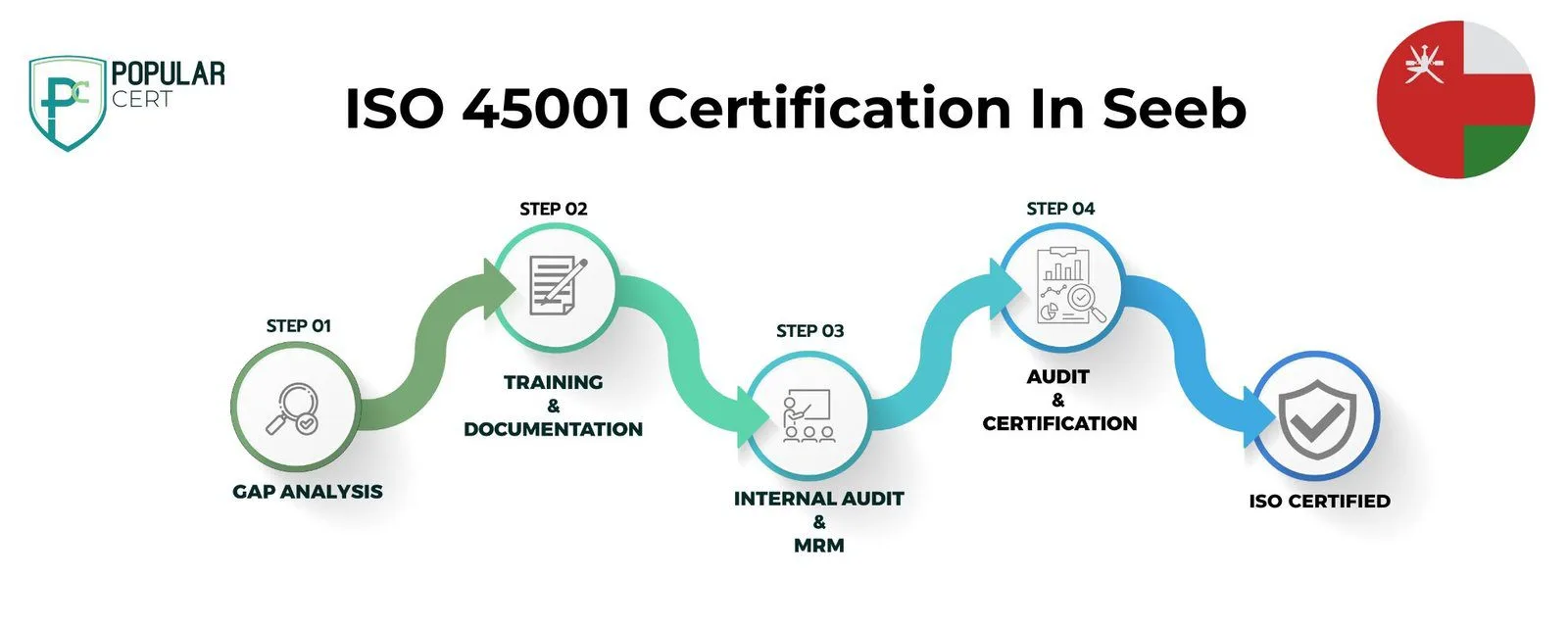
Process to Get ISO 45001 Certification In Seeb
Consultation and Gap Analysis
Leadership shows their dedication by setting clear health and safety guidelines and staying involved in safety plans.
Planning, Documentation, and Policy Development
Workers actively play a part in spotting danger, assessing risk, and making decisions. They help bring safety enhancements.
Training and Awareness
Companies continually monitor workplace hazards, gauge risks, and set controls to prevent mishaps and continuous systematic monitoring and evaluation of every work process is critical to identify risks.
Internal Audit and Management Review
This is the audit that precedes the external audit to assess whether the implemented changes
External Certification Audit and Certification
Firms create and integrate safety plans that meet ISO 45001 needs, blending policies, procedures, and controls to lessen risks.
Types Of ISO Certification In al seeb
Get Free Consultation
Our Clients
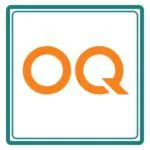

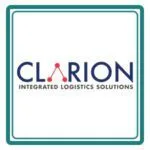


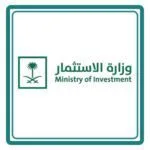
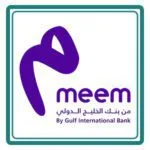
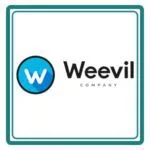
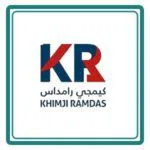

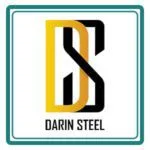
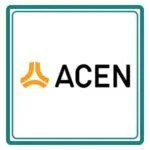
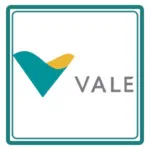

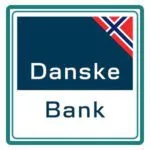

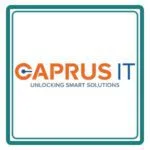

Benefits of ISO 45001 Certification in Seeb
- Improved Workplace Safety :Helps reduce workplace accidents, injuries, and illnesses, ensuring a safer environment for employees.
- Increased Customers' Confidence : Ensures compliance with health and safety regulations, reducing the risk of fines or legal issues.
- Increased Productivity :A safer work environment leads to fewer disruptions and improved employee morale.
- Regulatory Compliance : In line with these requirements, ISO standards mostly match national and international regulations, hereby ensuring that companies will keep away from extra costs or penalties, and consequently promote the reputation of the business.
- Risk Management : Proactively identifies and mitigates potential health and safety risks.
Risk Mitigation Techniques
Risk mitigation techniques in ISO 45001 focus on identifying, assessing, and reducing occupational health and safety risks within an organization. These techniques include:
- Hazard Elimination: Removing or substituting hazards to prevent exposure.
- Engineering Controls: Implementing physical changes to reduce risks, such as safety barriers or ventilation systems.
- Administrative Controls: Adjusting work practices, policies, or procedures to minimize risk, like job rotation or training.
- Personal Protective Equipment (PPE): Providing employees with appropriate PPE as a last line of defense.
- Employee Engagement: Involving workers in risk identification and safety decision-making.
These techniques help create a safer work environment and ensure continuous improvement in safety practices.
Why Choose PopularCert For ISO 45001 Certification in Seeb?
PopularCert is a trusted ISO 45001 certification consulting company in Seeb, offering comprehensive services tailored to meet your organization’s health and safety requirements. Our experienced team guides you through every step of the certification process, from gap analysis to final certification. We help you establish effective occupational health and safety management systems, ensuring compliance with international standards. With our expertise, we make the ISO 45001 certification process seamless and efficient, reducing risks and improving workplace safety. Choose PopularCert for professional support, fast-track certification, and long-term success in safeguarding your employees and business operations.
Cost of ISO 45001 Certification in Seeb
The cost of ISO 45001 Certification Seeb depends on a number of factors such as the size and complexity of your organization, the scope of certification, and the accrediting body. Consultation needs can influence the cost. We calculate initial consultation, paperwork, training, assistance, in-house audits and examination fees while costing.
GET A FREE CONSULTATION NOW
FAQ's
What is ISO 45001?
ISO 45001 is the international standard for occupational health and safety management systems (OHSMS) that replaced OHSAS 18001. Created by a committee of experts in health and safety management, ISO 45001 was designed with the strengths and weaknesses of many other occupational health and safety standards in mind. Although ISO 45001 has many similarities to its predecessor, it is distinct from OHSAS 18001.
The goal of ISO 45001 is to help businesses protect workers and guests from work-related accidents and injuries. The standard provides guidance that the top-management can use to create a safe working environment, control factors that cause illness and injury, preserve workers’ physical and mental well-being and reduce business risk.
Why is ISO certification important for businesses in Al-Seeb?
ISO certification enhances credibility, ensures compliance with international standards, improves operational efficiency, and increases customer trust. It also helps businesses compete in both local and global markets.
How can I get ISO certification in Al-Seeb?
To get ISO certification:
- Identify the relevant ISO standard for your business.
- Implement the required management system.
- Conduct internal audits and management reviews.
- Apply for certification through an accredited certification body.
What is the cost of ISO certification in Al-Seeb?
The cost varies based on factors like the standard, organization size, scope, and consultancy or certification body fees.
How do I apply for ISO certification in Al-Seeb?
Choose an accredited certification body, prepare your management system, and submit an application. Consultants can assist with the preparation and certification process.
